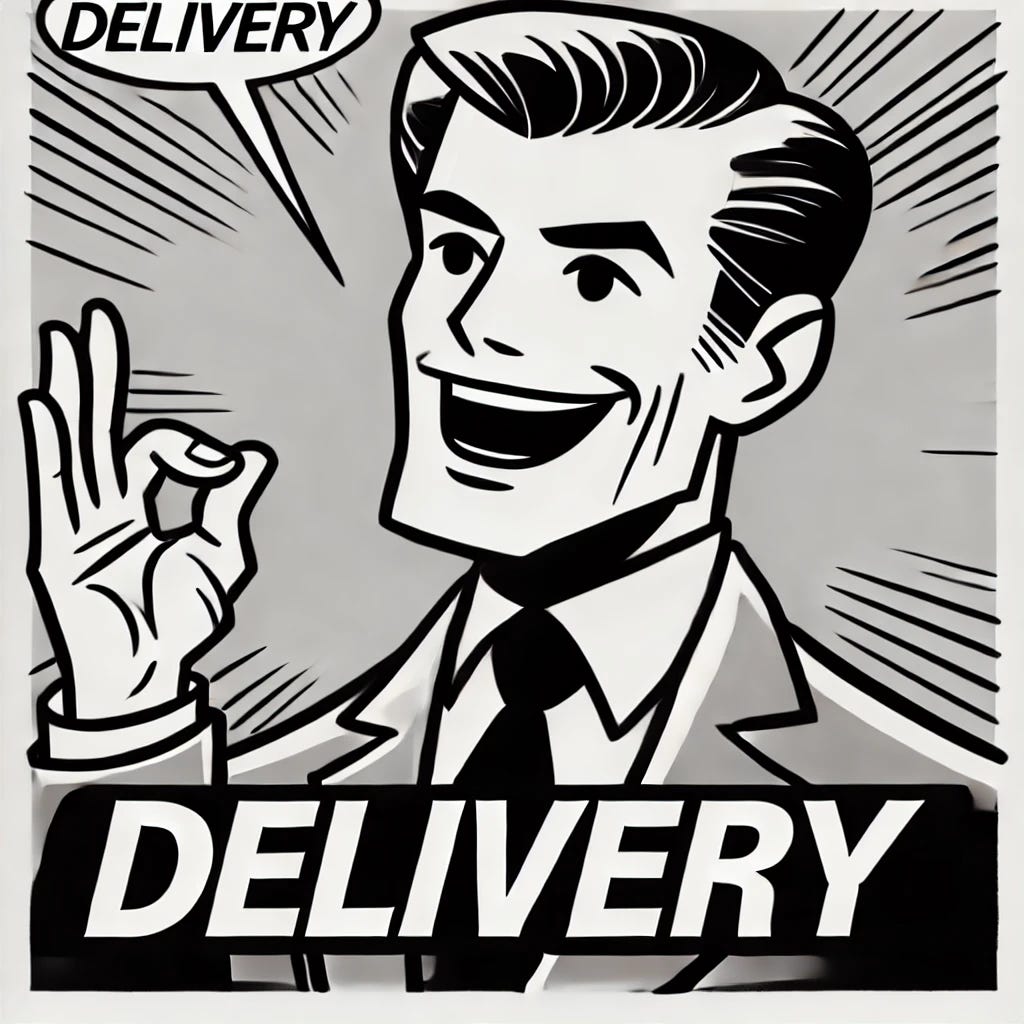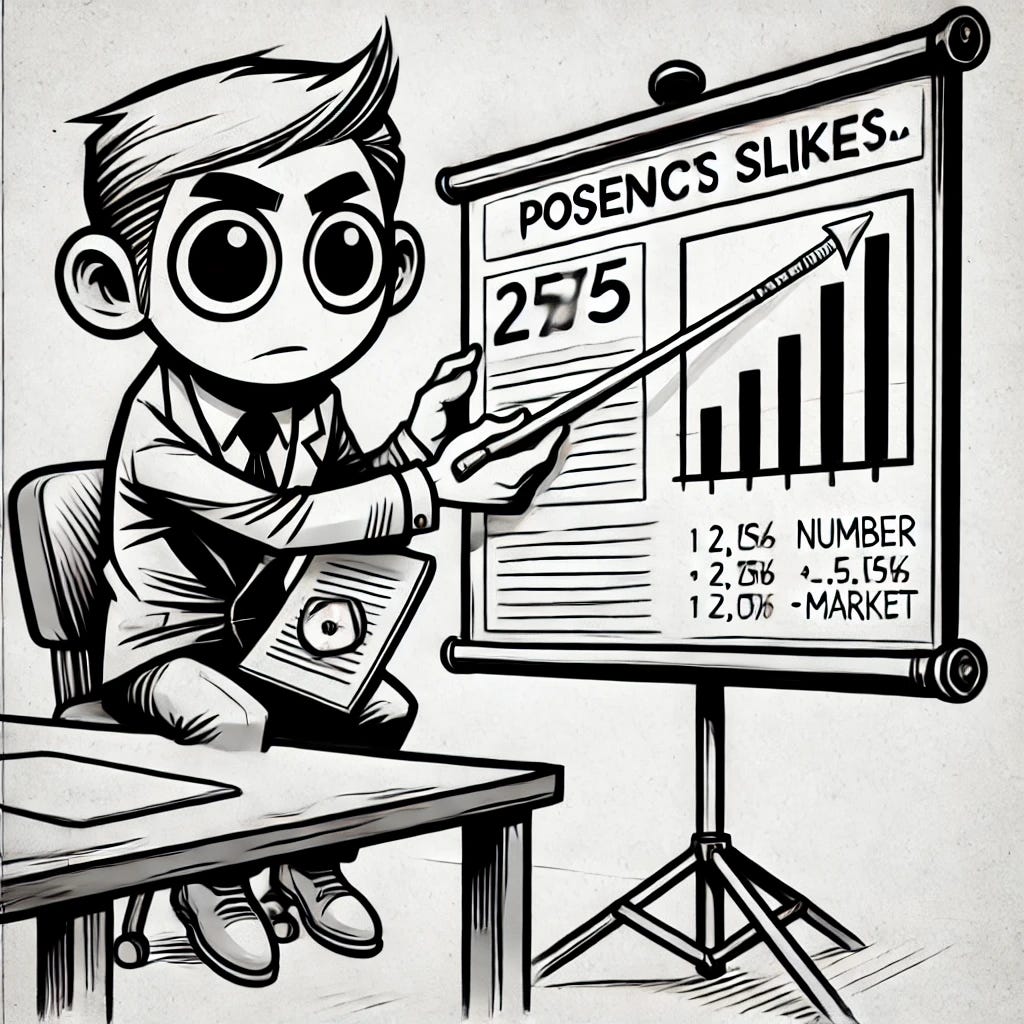I’ve seen hundreds of live-delivered startup pitches
In a short pitch, many things can go wrong
Luckily, these errors are often easily fixed
Here are 37 tips to ace your next pitch
Starting the pitch
Don’t start talking until you have fully entered the stage. Take a second to stand still and breathe.
Introduce yourself at some point. Either in the first sentence, or after your hook message. Assume they don’t know you. Listening to someone for 5 minutes without knowing their name feels weird.
Some pitches start with a hook question: ‘Raise hands if you hate returning glass bottles to the recycling bin’. It can work, but find the right balance between simple yet revealing enough yes/no questions.
‘Who has a piece of clothing at home she forgot to return and now is beyond the return date?’ is provoking. But don’t ask a question that states the obvious ‘Who hates being punched in the face?’ - it feels cheap.
Open-ended questions don’t work. When asked, 'What is your favourite movie?’ people don’t know what to do.Support this newsletter. Yes. Do it! Fight bullshit with me.
Delivery
Send out your best public speaker if it’s an important pitch. If a co-founder wants to improve public speaking, consider following a public speaking course. Toastmasters or UltraSpeaking are good.
Everyone gets nervous, don’t fight the nerves, lean into it. Pitch training can help with this. Or do some improv workshops or standup comedy. After bombing on a comedy stage and questioning your life decisions, doing a startup pitch is a piece of cake.
The hardest advice of them all, but still relevant: Try to be yourself on stage. Talk like you normally would. Don’t pitch high energy if you are normally calm. Authenticity wins.
Don’t read from cue cards. Don’t stare at the screen behind you. Everyone can remember a 3-minute story.
Don’t do duo-pitches unless you have a very good reason to. If it’s a 3 to 5-minute pitch, often it’s better just do one person. Handovers usually feel awkward, and someone is standing still next to you for 2 minutes in silence.
Good reason example: a menstruation product startup started a pitch with a male founder stating: ‘I’m Johan, and I don’t menstruate’, after which a female founder took over ‘But I do!’, highlighting the gender gap on the issue. On top of that, they were good presenters.Make eye contact with everyone. One by one. Don’t forget people in the back of the room. But don’t come across as a crowd scanner, be random, keep the gaze for a few seconds, or until you finish the sentence.
Content tips
A live pitch deck should be different from an investor pitch deck. You often can address way less detail in the live pitch.
Time management is crucial. Don’t spend 2 minutes on your solution if it’s super easy to understand. Don’t spend 2 minutes explaining that fossil fuels pollute. Most people get this by now. Estimate the level of knowledge of your average audience member. Spend time where your startup is unusual.
Explaining the problem should not be just done on a societal level, e.g. ‘plastic = bad for the environment’. Explain how the problem emerges in the real world, and who finds that annoying (highlighting the problem owner).
Emphasise the customer’s painful experience by “quoting” customers’ ways of phrasing the problem. Put it on the slide, e.g. “I felt so anxious whether I was going to hit my quarterly goals - Sarah, Product Manager”. Preferable with a photo (with consent, of course).
The market size should be relevantly framed from the point of view of your target market. Claiming a problem costs a country €500M yearly while selling to consumers seems off.
For NDA stuff on your solution: ‘Share the cookie, but not the recipe’. Share enough about how you solve the problem without spilling the beans if things are patentable.
Don’t get too technical unless your audience is very technical. You don’t want to sound like the Rockwell Retro Encabulator guy.
Don’t do the Chinese Glove Market Fallacy ‘0.1% of that market means $$$🤑’. Calculate your obtainable market size based on your (planned) activities.
Don’t forget to add current traction, however early-stage you are. If you don’t have revenue, ask yourselves: What signals of the PM-Fit Scale have you generated? Example: ‘We’ve spoken to 50 potential customers, currently are running 5 free pilots, and 2 paid recurring customers’.
In general, try to get as many bottom-up arguments which are unique to your startup. Your achievements are more impressive than broad market sizes.
For the team slide, just do the core team — advisors often don’t add weight — and explain briefly why they are great. Don’t read out their full LinkedIn profile. ‘I’m co-founding this startup with our engineer Fatma and our UX-er Leroy’. List only very relevant prior experience (previous startups or scale-ups, an MBA doesn't count 😏).
Optional: add a clear ask near the end. Often, there are 50-100 people in an audience, each with a network. Perhaps they can connect you with someone. ‘We are currently looking for intros to office managers at brand marketing agencies to pilot our software. If you know someone, I’ll be at the networking drinks!’
At the end of your pitch, signify to your audience that you are done talking. Say: ‘Thanks for your attention’ or ‘Thanks for listening’ so that people know it’s over and they can start to clap. You can throw in a catchphrase such as ‘and help us fight bears, lol’, but make sure your delivery signals the end of your presentation.
Tech Preparation
Check with the organisers what type of connection (HDMI or USB-C) they have, and if there’s a clicker to advance slides or if you should bring one.
Inquire in what format you should supply your pitch. Converting pitches from Keynote to Powerpoint can screw up your pitch formatting, don’t do this 5 minutes before pitching. When submitting Keynotes and Powerpoints, be sure to check if the fonts are embedded in the file. Canva is also known to mess up imports, be sure to check!
When the organiser asks for PDFs, make sure that your slide builds, such as bullet-by-bullet appearance, are exported. Keynote has a function for this when exporting, toggle ‘Print each stage of builds’.
If you have audio or video (embedded or YouTube), assume it doesn’t work and have a fallback plan. Be early to the pitch venue to check if the audio/video works. If you have a video containing voices, subtitles are always a welcome addition.
For pitches over Zoom check your tech setup with someone within and outside of your team. Bad microphones are more harmful than a bad webcam. External mic often is better than your laptop’s mic. You can use your iPhone as a high-quality webcam on Macs. Considering your lighting setup often helps (with gear you already probably own)
Visual content
Slides should support your storytelling, not tell the story for you. Be easy on the amount of text.
Have a large enough font size to read texts from the back of the room.
If you have a graph, explain how the audience should interpret the graph. You’ve seen the graph 20 times, the audience is interpreting it for the first time. If it’s a complicated graph, consider making a simpler version in Excel or Google Sheets.
The conclusion of some graphs is a 50% increase of something. Why not just put a big number 50% on a slide with a small text underneath explaining what increased? (example)
If you use bullets on a slide, spoonfeed the bullets one by one. This means, don’t show all 3 bullets when the slide opens, but let it build one by one, click by click.
Add pictures of your team doing stuff. Prototyping, setting up a pilot with a customer, or talking to customers are very vivid. It’s better to have a not-as-professional photo of your team than some bland professional stock photo.
Q&A (Jury or Audience)
Let your founding team join the stage during Q&A. Taking turns answering questions shows team strength.
Clear, short answers are best. Brevity shows you know your shit and are able to compress that in an answer. Don’t give your audience homework to process your fluffy answer. Plus, the shorter the answers, the more questions you get, the more potential to learn (and show off how good you are).
Answer the question asked. Don’t beat around the bush. If you are not sure if you’ve understood the question, ask “Just to be sure, you want to know how we make money?” to verify, before making a fool of yourself.
Honesty. If you don’t know something, just mention “Thanks for highlighting that, we are still looking into that but don’t have a definite answer yet”. People understand you are a startup and still figuring things out.
Extra reading
Check out this excellent storyline for product pitch using Musk’s Powerwall as an example
Battling nerves and procrastination for a TED Talk by Wait But Why?










After bombing on a comedy stage and questioning your life decisions, doing a startup pitch is a piece of cake.
😂